Time trial climbing is a puzzle of technique and equipment
Performance engineers of the teams will live their moment of glory in the time trial of stage 13 of the Tour de France thanks to the atypical uphill time trial that will take place between Loundenvielle and the Peyragudes summit. An stage in which finding the best balance between some clearly opposing parameters will be the key to achieving the best performance.
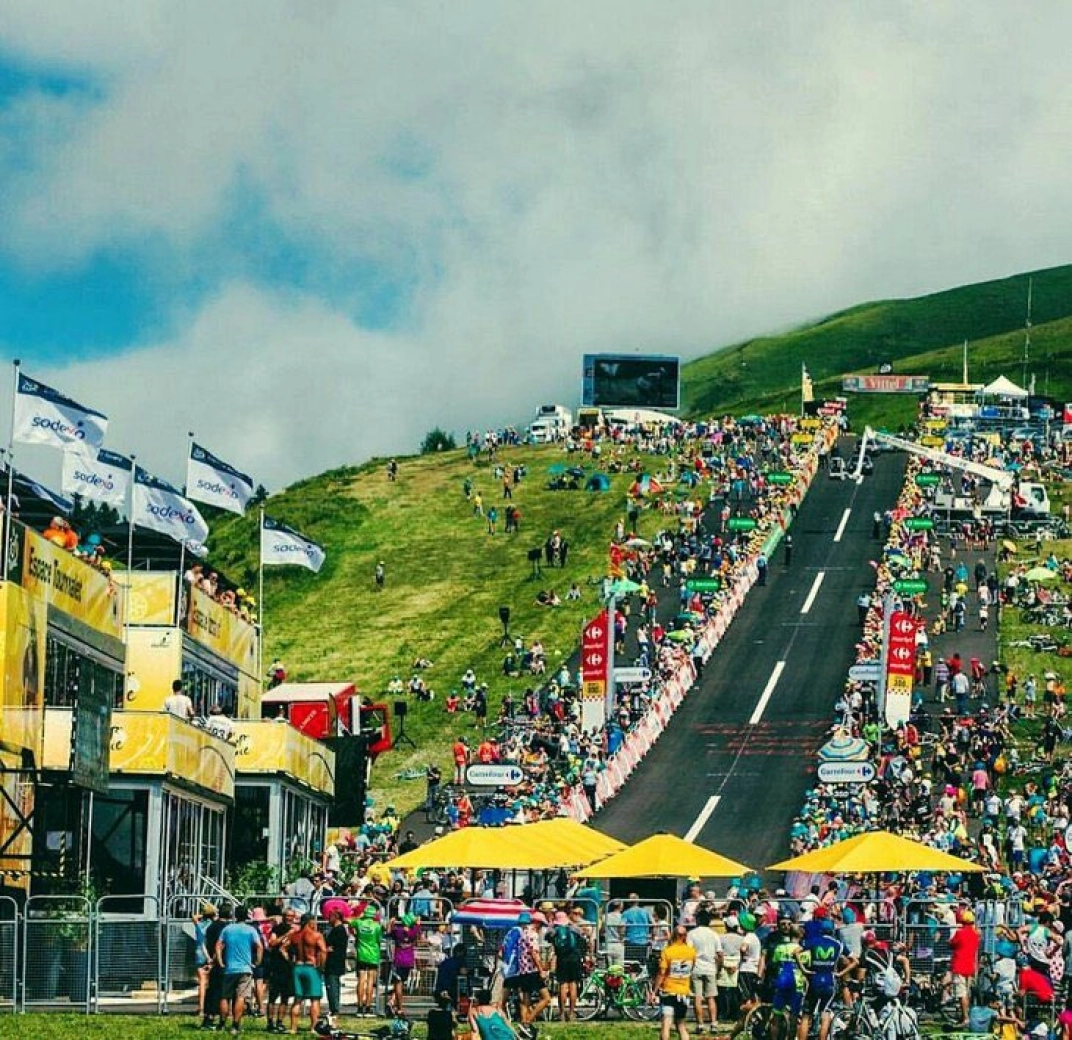
Engineering and analysis at the service of performance in the Tour de France uphill time trial
If time trials are increasingly undervalued in cycling races, finding an uphill time trial like the one in stage 13 of the Tour de France is a true rarity in current competitive cycling. A format that, however, has surely been a challenge for the performance engineers of the teams who have been analyzing data for a long time to determine the optimal equipment configuration for the cyclists who will push themselves to the limit in the stage to achieve the best performance.
An uphill time trial that will start from the beautiful town of Loundenvielle, on the shores of the homonymous lake, an idyllic place at the head of the valley nestled between two mythical climbs in the history of the Tour de France such as Peyresourde and Val Louron-Azet. 10.9 kilometers further up, ascending the road of the Peyresourde pass until, approximately 1 kilometer from the summit, the race takes a right turn that leads to the Peyragudes station and its famous summit, known for its appearance in the James Bond movie, Tomorrow Never Dies.
RECOMENDADO
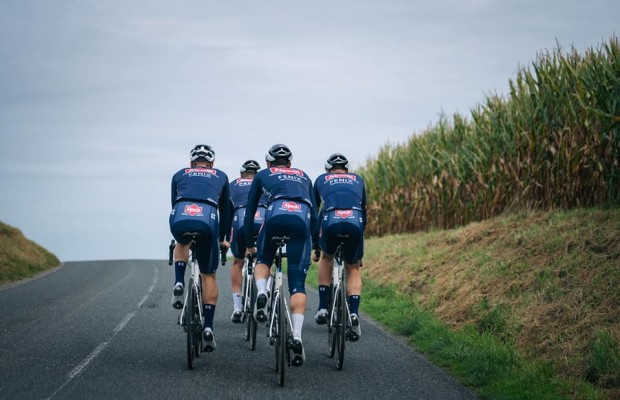
The cyclist's patience: how long, gentle training sessions build your best season
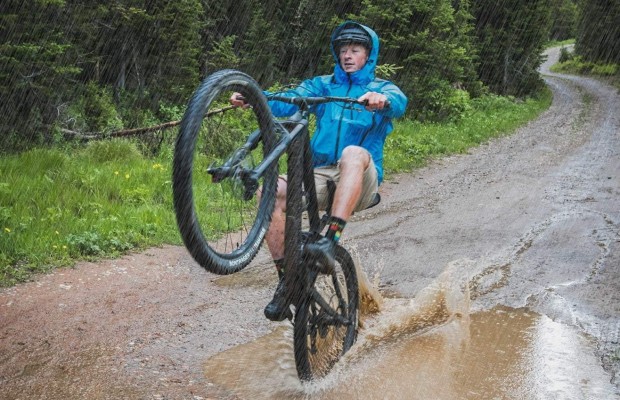
Tips for cycling in the rain
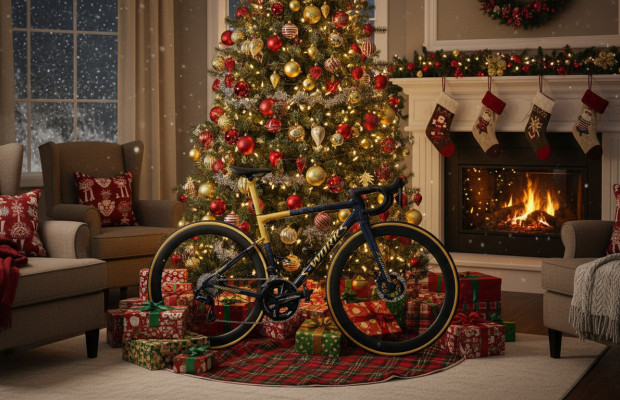
25 cycling gifts ideas to get it right

When do helmets have to be changed? Do they have an expiration date?
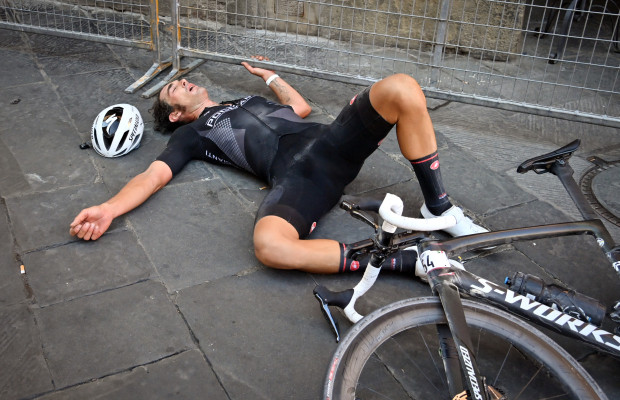
How many days should a cyclist rest per week?
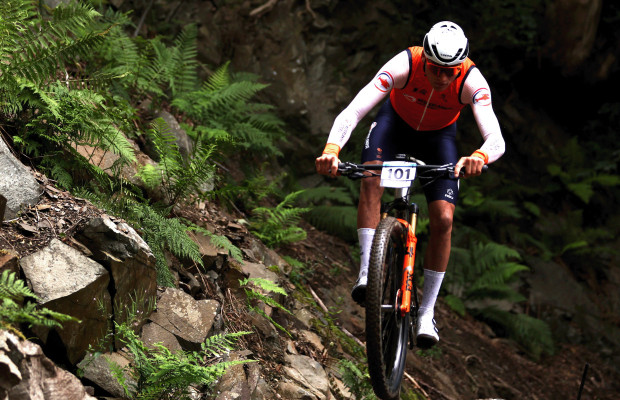
Some reasons to stay away from the road in winter
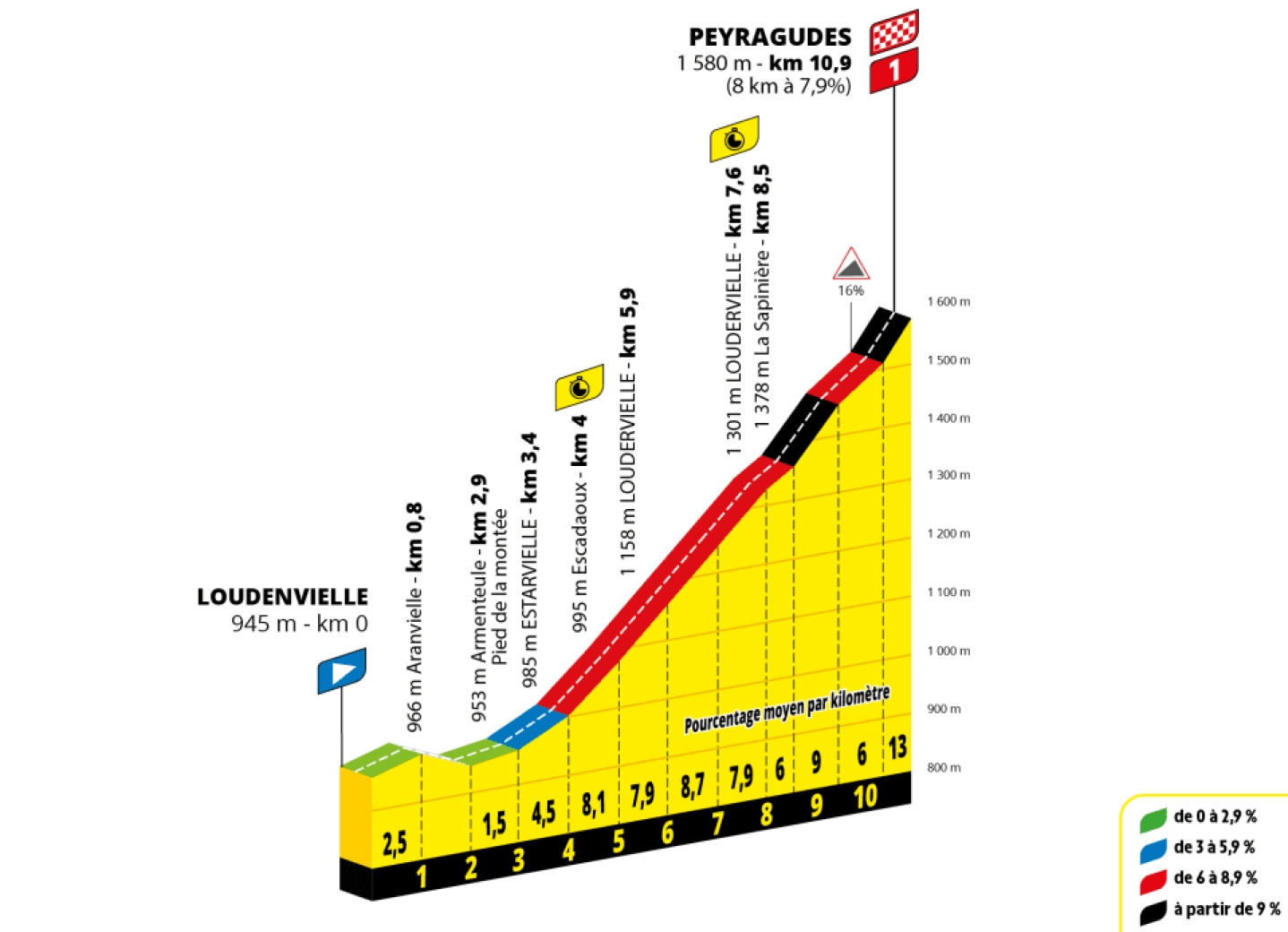
Almost 11 kilometers that start with 3 kilometers of slight slope, even with a short and fast descent before reaching the middle section of the pass road. A section of approximately 4.5 kilometers, until the mentioned turnoff, with a tremendously constant slope of around 8%. After the turnoff, a tough kilometer at 9% welcomes the cyclists on a narrower road that serves as access to the station, another more manageable kilometer that allows for catching one's breath and the takeoff and landing strip of the mentioned summit with a huge ramp of 330 m at an average slope of 13% and with a maximum peak of 16%.
As always in this type of stages, speculation about what equipment the cyclists will use is rife. A decision that has shifted from being linked to the director's intuition or the cyclist's feelings to being made by performance engineers after an intense analysis of data and simulations similar to those made by Formula1 teams when planning their pit stop strategy and tire choice.
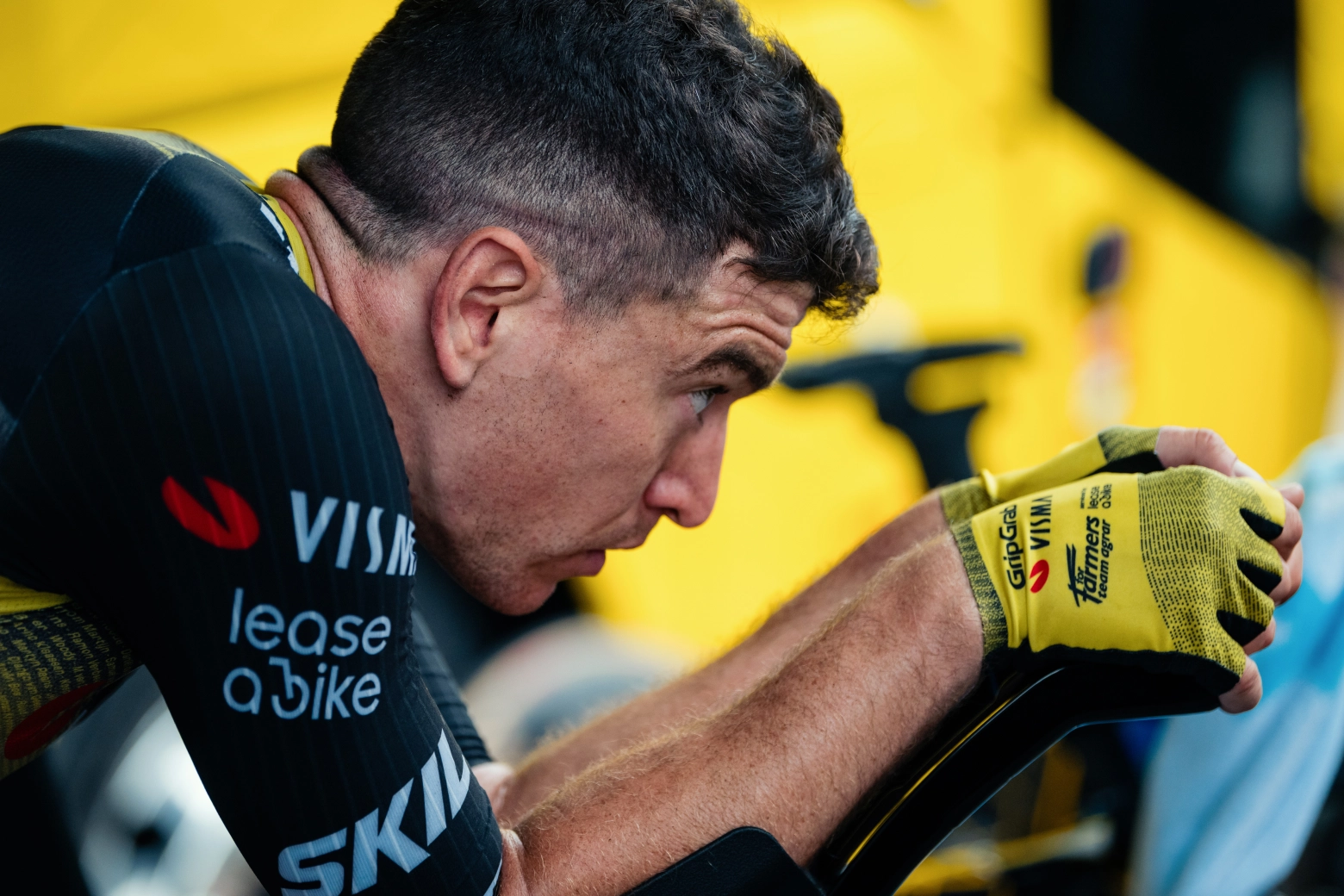
In the case of the cyclist, the choice begins with opting between the time trial bike and the conventional road bike. The decision becomes more complicated when, in addition, teams have two models of road bikes: aerodynamic or climber. The decision is made by weighing the loss caused by the extra weight of the time trial bike against the losses due to the lower aerodynamics of the daily use bikes.
In general terms, the benchmark quantified by a performance specialist like Dan Bigham, expert track cyclist, former hour record holder, and now performance manager of Red Bull-BORA-hansgrohe, is that, on average in this climb, to compensate for 1 kg of extra weight in equipment, a cyclist needs an average improvement in the Aerodynamic Coefficient of 0.016 m² throughout the time trial.
Based on this calculation, it is necessary to assess the aerodynamic gain based on the speed at which the cyclist is expected to ride in each section of the route, just as the influence of weight is not the same in the initial flat part as in the steep final climb of the time trial.
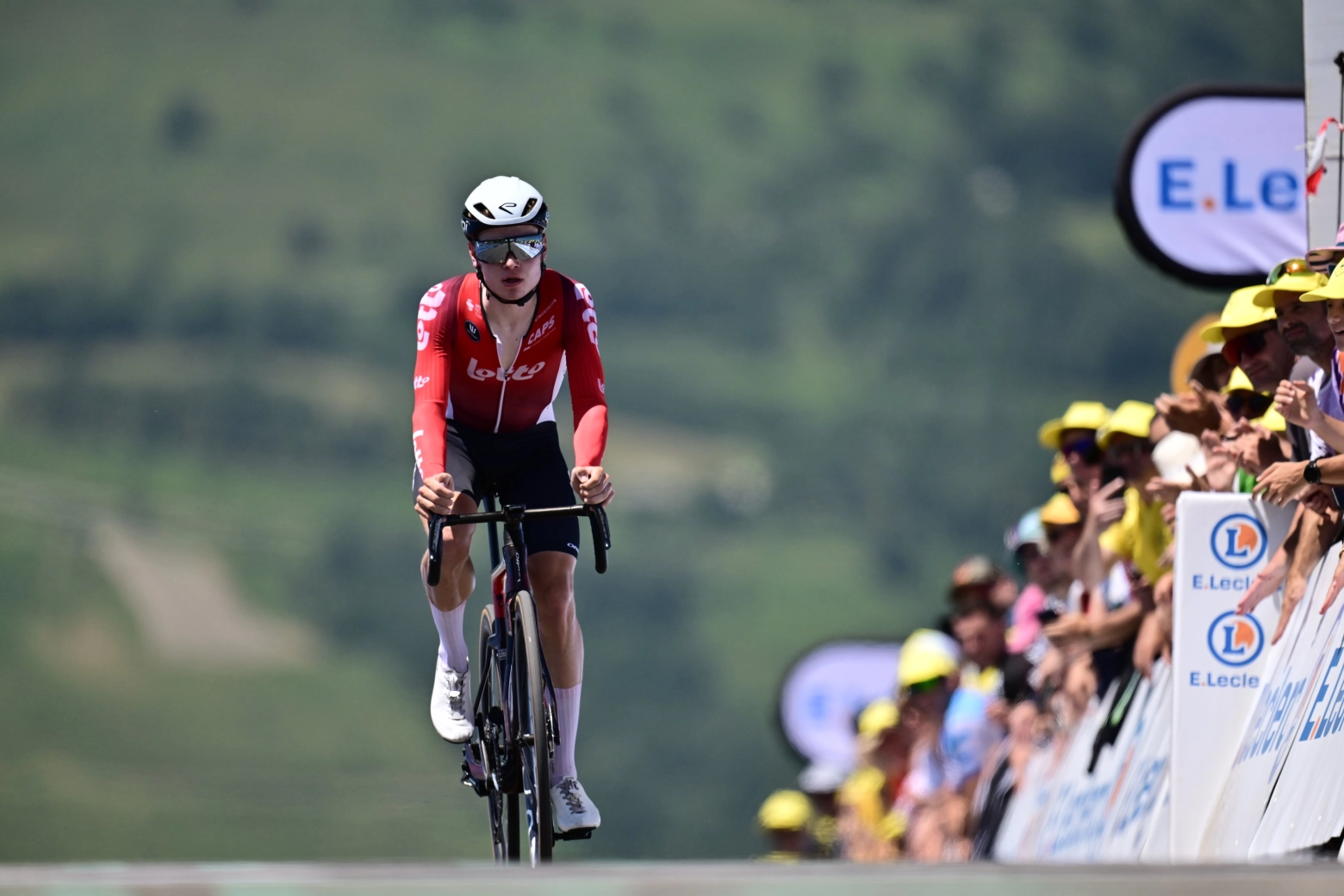
Aside from the bike, it is also necessary to consider whether it is worth changing bikes to use the time trial bike for the first 3 kilometers and the road bike for the rest, which is unlikely in a stage of such short length. After the machine choice, the balancing act continues with weight and aerodynamics with the selection of components. Wheels with a higher profile, even the disc wheel, can help reduce wind resistance but, at the same time, add more weight. The same goes for choosing to install triathlon handlebars or directly opting for time trial handlebars.
And we must not forget about the gear ratios, where the aim is for the cyclist to maintain a cadence between 90 and 100 pedal strokes per minute, where maximum performance is achieved.
If we thought that the choices ended here, we are mistaken because the cyclist's equipment must also be chosen. For example, time trial suits are designed to achieve maximum aerodynamics at speeds around 60 km/h, common in flat time trials, however, at the lower speeds that the cyclists will reach in this uphill time trial, they may not be as effective, and it may be preferable to use the conventional suit used daily, something that teams will have also tested and obtained data to quantify the pros and cons of using one garment or the other.
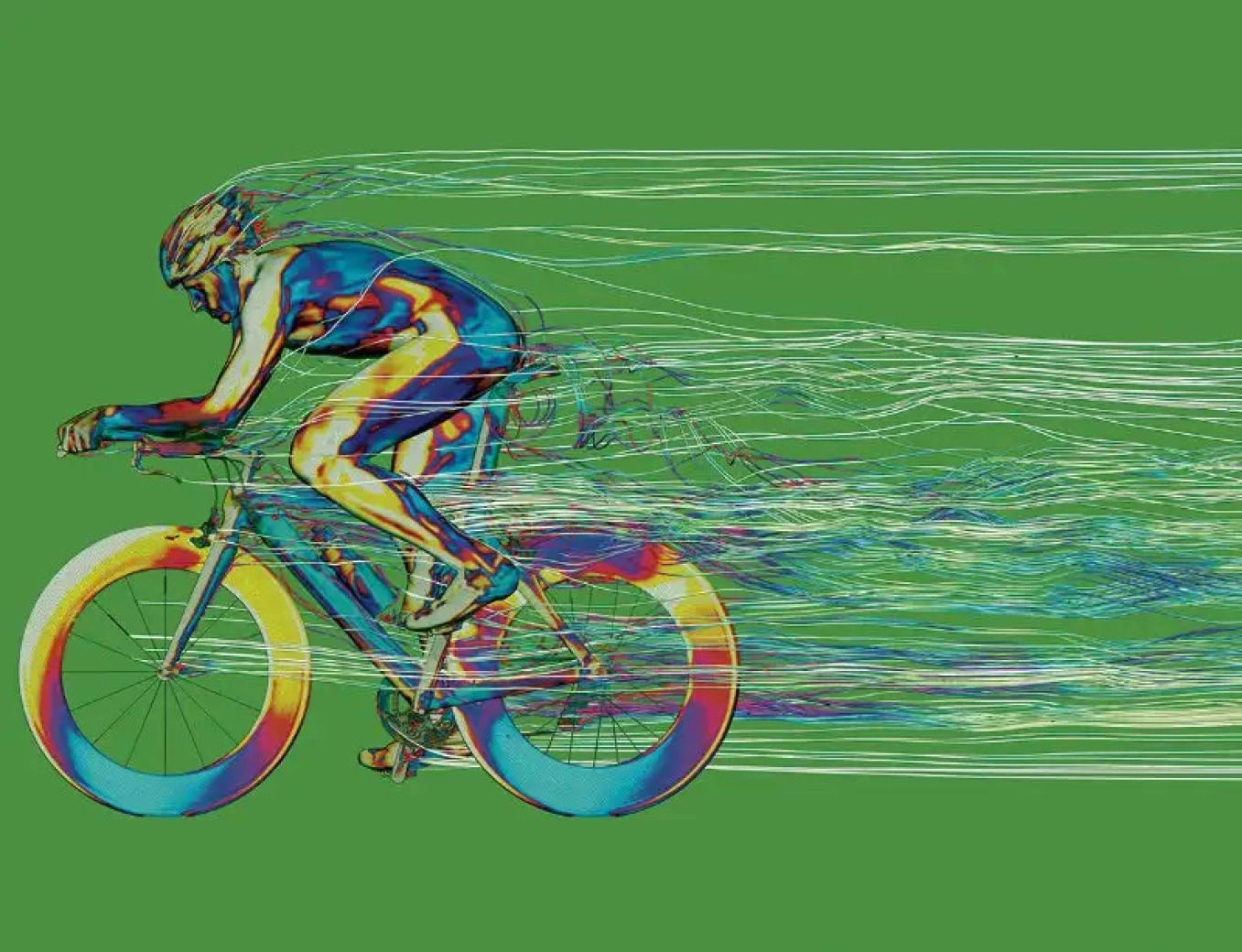
The helmet is another point that gives performance engineers a headache, both in terms of quantifying the balance between weight and aerodynamics of the time trial helmet option, and also considering that these specific helmets have limited ventilation, which is designed to work when riding very fast. However, in this time trial, they may not provide enough ventilation to the cyclist's head, so the team must also consider whether the aerodynamic gain compensates for the excess heat that the helmet will provide to the cyclist on an already scorching day, which could lead to a decrease in performance despite the short duration of the stage.
Many data and tests to consider that give a good example of all the technology and engineering behind just 11 kilometers of the 3,338 that make up this 2025 edition of the Tour de France.